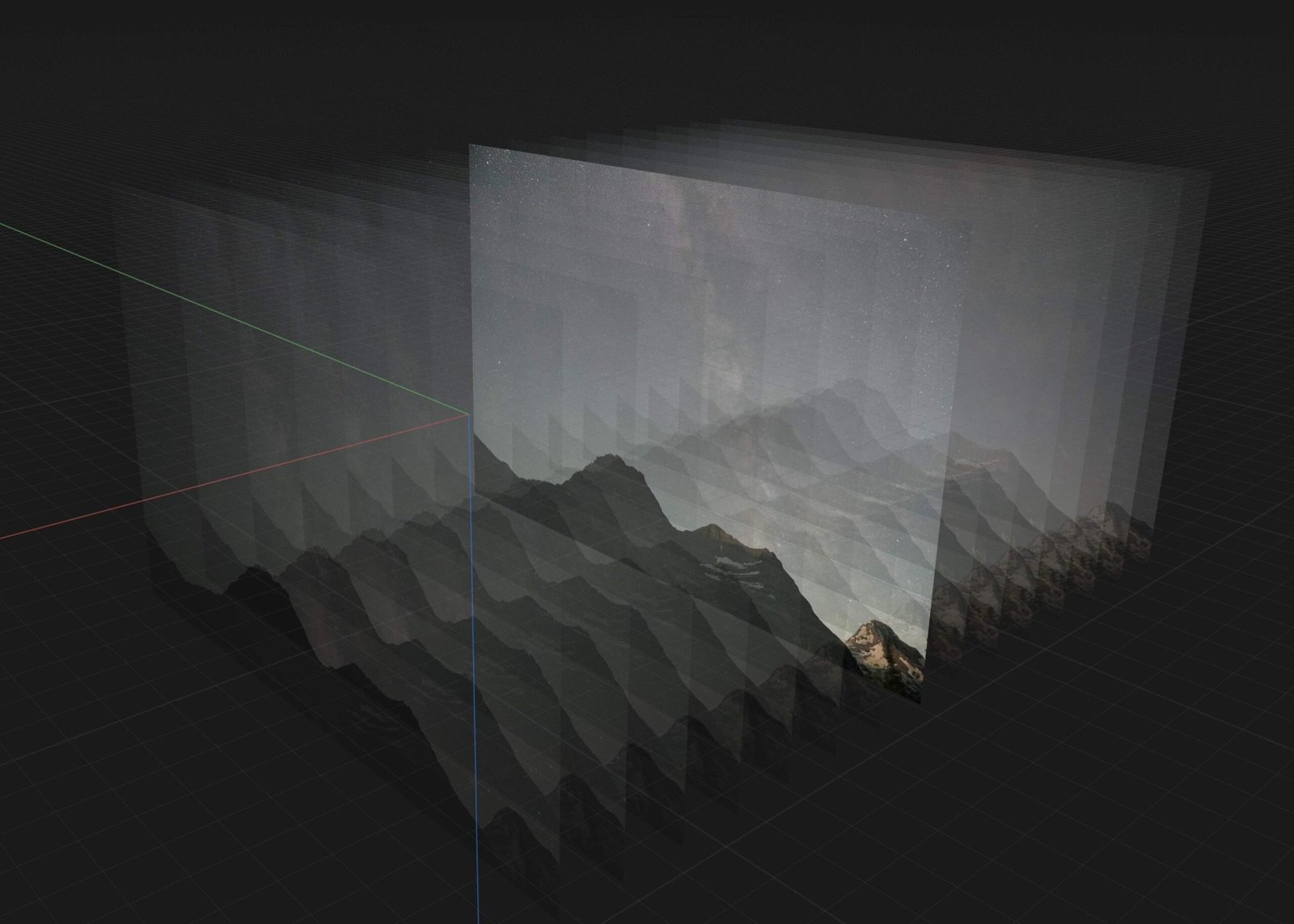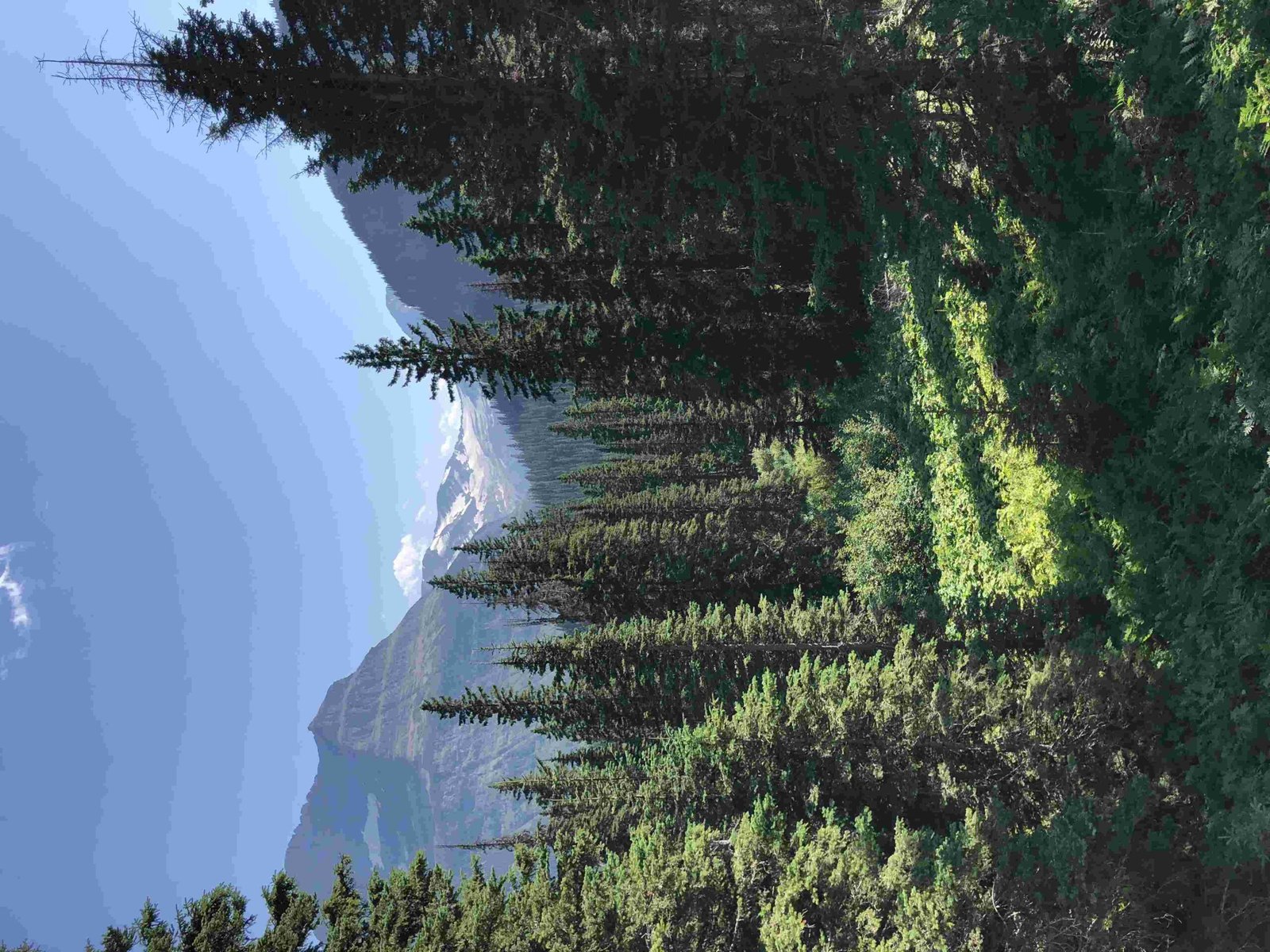Glacier National Park’s hiker rescue operations are a critical component of visitor safety. While there’s no specific ‘Curry’ location in Glacier, the park’s comprehensive rescue protocols ensure hikers’ well-being across its vast wilderness. From swift response times to coordinated efforts with multiple agencies, Glacier National Park prioritizes visitor safety through robust search and rescue procedures, emphasizing preparedness and awareness for all hikers venturing into its breathtaking but challenging terrain.
What Are the Key Components of Glacier National Park’s Hiker Rescue System?

Glacier National Park’s hiker rescue system is a well-oiled machine designed to respond swiftly and effectively to emergencies. Here are the key components:
- Rapid Response Teams: Park rangers and search and rescue specialists are on standby to mobilize quickly when a hiker is reported missing.
- Multi-Agency Coordination: The park collaborates with various agencies, including:
- Forest Service
- Flathead County Sheriff’s Office
- Two Bear Air Rescue
- US Border Patrol
- Advanced Technology: Helicopters and aerial surveillance are employed to cover vast areas quickly.
- Ground Search Teams: Experienced personnel conduct on-foot searches in challenging terrains.
- Public Tip Line: A dedicated line (406-888-7077) allows the public to provide crucial information.
This comprehensive approach ensures that no stone is left unturned when a hiker’s safety is at stake.
How Does the Park Initiate a Hiker Rescue Operation?

When a hiker is reported missing in Glacier National Park, a series of well-defined steps are set into motion:
- Initial Report: The process begins when a hiker is reported overdue or in distress.
- Information Gathering: Park staff collect details about the missing person, including:
- Last known location
- Planned route
- Physical description
- Equipment carried
- Risk Assessment: Based on the gathered information, officials assess the urgency of the situation.
- Resource Mobilization: Appropriate resources are deployed, which may include:
- Ground search teams
- Helicopter support
- K-9 units
- Search Area Definition: Using the available data, a search area is mapped out.
- Continuous Evaluation: As the search progresses, strategies are continuously reassessed and adjusted.
This systematic approach maximizes the chances of a successful rescue operation.
What Safety Measures Should Hikers Take in Glacier National Park?
Hiking in Glacier National Park can be an exhilarating experience, but it’s crucial to prioritize safety. Here are essential measures every hiker should take:
- Proper Planning:
- Research your route thoroughly
- Check weather forecasts
-
Inform someone of your itinerary
-
Essential Equipment:
- Map and compass (and know how to use them)
- First aid kit
- Emergency shelter (e.g., space blanket)
- Fire-starting materials
-
Extra food and water
-
Appropriate Clothing:
- Dress in layers
- Bring rain gear
-
Wear sturdy hiking boots
-
Communication Devices:
- Carry a fully charged cell phone
-
Consider a satellite communicator for remote areas
-
Wildlife Awareness:
- Carry bear spray and know how to use it
-
Make noise while hiking to avoid surprising wildlife
-
Stay on Designated Trails:
- Avoid shortcuts or unmarked paths
- Use trail markers and maps for navigation
By following these measures, hikers significantly reduce their risk of requiring rescue services.
What Should a Hiker Do If They Become Lost?
If a hiker finds themselves lost in Glacier National Park, it’s crucial to remain calm and follow the ‘STOP’ method:
- Stop: Cease all movement as soon as you realize you’re lost.
- Think: Assess your situation rationally.
- Observe: Look around for familiar landmarks or signs.
- Plan: Decide on the best course of action based on your observations.
Additional steps to take:
- Stay Put: If you’re truly lost, it’s often best to remain in one place to make it easier for rescuers to find you.
- Signal for Help: Use whistles, bright clothing, or create visible signs on the ground.
- Find Shelter: Protect yourself from the elements, especially if night is approaching.
- Conserve Energy and Resources: Ration your food and water.
- Attempt to Communicate: Use your phone or other devices if you have a signal.
Remember, panic is your worst enemy. Staying calm and following these steps can greatly increase your chances of being found safely.
How Does Glacier National Park’s Rescue System Compare to Other National Parks?
While each national park has its unique challenges and resources, Glacier National Park’s rescue system stands out in several ways:
| Aspect | Glacier National Park | Other National Parks |
|---|---|---|
| Terrain Challenges | Extreme elevation changes, glaciers | Varies (deserts, canyons, forests) |
| Wildlife Considerations | Grizzly bears, mountain lions | Depends on location (e.g., alligators in Everglades) |
| Weather Variability | Sudden snowstorms, extreme temperature changes | Climate-specific challenges |
| Rescue Resources | Two Bear Air Rescue, multi-agency cooperation | Park-specific resources, some shared services |
| Visitor Volume | Over 3 million annually | Varies widely |
Glacier’s rescue system is particularly adept at handling:
- High-altitude rescues
- Searches in dense forests and on glaciers
- Rapid response to weather-related emergencies
While parks like Yosemite might have more technical climbing rescues, and parks like Death Valley focus on heat-related emergencies, Glacier’s system is uniquely tailored to its specific environmental challenges.
What Role Does Technology Play in Glacier National Park’s Rescue Operations?
Technology plays a crucial role in enhancing the efficiency and effectiveness of rescue operations in Glacier National Park:
- GPS Tracking: Used to:
- Map search areas precisely
- Track the movements of search teams
-
Pinpoint the last known location of missing hikers
-
Drones: Employed for:
- Aerial surveillance of inaccessible areas
- Quick assessment of terrain conditions
-
Delivering supplies in emergencies
-
Thermal Imaging: Utilized to:
- Detect heat signatures of lost hikers
-
Conduct night searches more effectively
-
Satellite Communications: Enable:
- Coordination between ground and air teams
-
Communication in areas with no cell coverage
-
Weather Monitoring Systems: Provide:
- Real-time updates on changing weather conditions
-
Crucial data for planning rescue operations
-
Digital Mapping Software: Assists in:
- Creating detailed search grids
- Analyzing terrain for potential hiker routes
By leveraging these technologies, Glacier National Park significantly improves its ability to locate and rescue hikers in distress, often in challenging and remote locations.
How Can Visitors Contribute to Hiker Safety in Glacier National Park?
Visitors play a crucial role in maintaining safety within Glacier National Park. Here are ways they can contribute:
- Practice Leave No Trace Principles:
- Pack out all trash
- Stay on designated trails
-
Respect wildlife and plant life
-
Report Hazards:
- Inform park rangers of trail damage
-
Alert staff to potentially dangerous wildlife sightings
-
Be Prepared and Self-Sufficient:
- Carry appropriate gear and supplies
-
Know your physical limits and plan accordingly
-
Educate Others:
- Share safety information with fellow hikers
-
Encourage responsible hiking practices
-
Volunteer:
- Participate in trail maintenance programs
-
Join local search and rescue training sessions
-
Support Park Initiatives:
- Donate to park conservation efforts
- Participate in citizen science projects
By taking these steps, visitors not only ensure their own safety but also contribute to the overall well-being of the park and its community of hikers.
What Lessons Can Be Learned from Past Rescue Operations in Glacier National Park?
Analyzing past rescue operations in Glacier National Park provides valuable insights for both park management and visitors:
- Importance of Early Reporting:
- Prompt reporting of missing hikers significantly increases chances of successful rescue
-
Example: In the case of Grant Marcuccio, the search began quickly after he was reported missing
-
Value of Detailed Itineraries:
- Hikers who leave detailed plans with trusted contacts are found more quickly
-
This information helps rescuers narrow down search areas
-
Impact of Weather Conditions:
- Many rescues are necessitated by unexpected weather changes
-
Lesson: Always check forecasts and be prepared for sudden shifts in weather
-
Significance of Proper Equipment:
- Hikers with appropriate gear (including emergency supplies) have higher survival rates
-
Essential items like maps, compasses, and first aid kits can be lifesavers
-
Effectiveness of Multi-Agency Cooperation:
- Successful rescues often involve coordination between park staff, local law enforcement, and specialized rescue teams
-
This collaboration maximizes resources and expertise
-
Role of Public Assistance:
- Tips from the public have been crucial in many rescue operations
- The park’s tip line (406-888-7077) has proven to be a valuable resource
By learning from these experiences, both the park and its visitors can work together to enhance safety and reduce the need for rescue operations.
In conclusion, while there isn’t a specific ‘Curry’ location in Glacier National Park, the park’s comprehensive approach to hiker safety and rescue operations ensures that visitors can explore its stunning landscapes with confidence. By understanding the park’s rescue procedures, following safety guidelines, and learning from past experiences, hikers can significantly reduce their risk and contribute to a safer environment for all park visitors.
References:
1. FOX News: Missing climber sought in Glacier National Park days after last being seen
2. National Park Service: Missing Hikers Were Well Prepared
3. Glacier National Park Chat: Who Should Pay for Search and Rescue